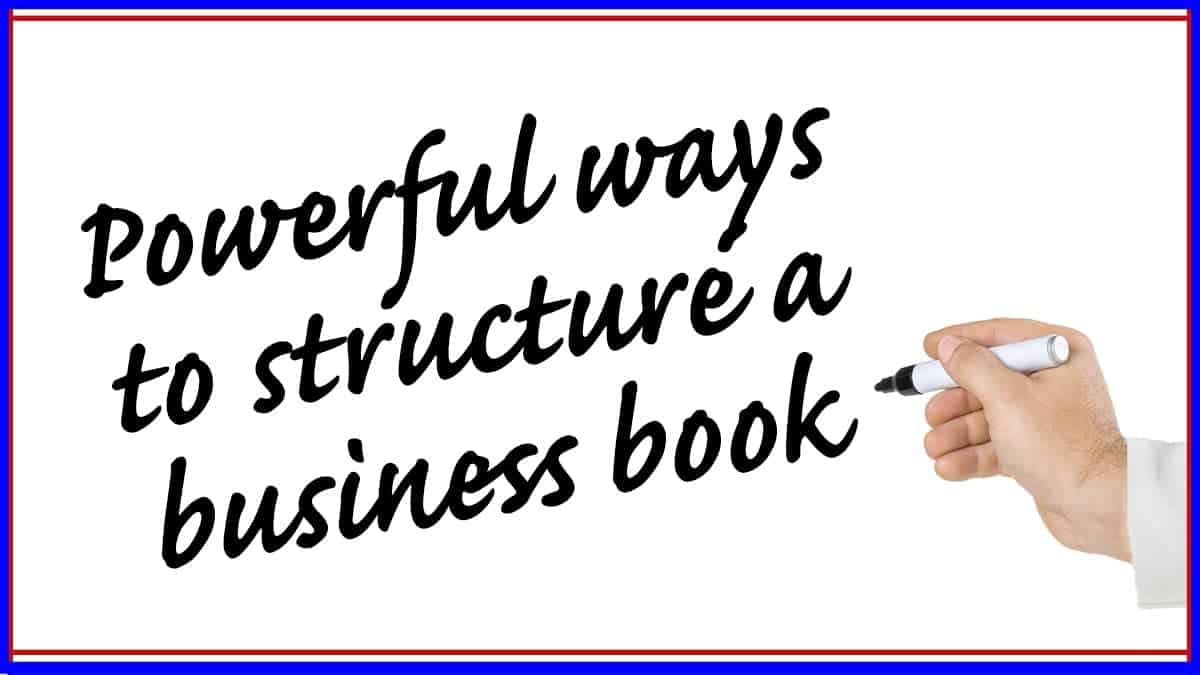12 Ways to Write a History Book
Are you a history enthusiast, eager to write a history book, but not sure how to present your information?
There are many ways to arrange and share history with your readers, and each method has its own unique advantages. No single approach is better or worse. It’s really more of a matter of finding which works best for you and your material.
Consider these 12 types of history books. Which approach will make readers fall the most in love with your words and your particular historical topic?
1. Biography
An enlightening way to experience history is through the perspective of someone who was there. The biography format helps bring history alive by allowing you, as the author, to immerse your readers in the personalities, sights, sounds, and ideas of the time and place, as well as its unique character. You can also dive deeply into your subject’s life to see how and why he became who he did, and how he ended up playing such a vital role in the subject of the story.
Example: Alexander Hamilton, by Ron Chernow
2. Deep Dive on a Specific Incident
Taking a hard look at one historical event allows you to focus on an incident (or related series of items) that tells the story of the time and place in which it occurred. By using your creative storytelling skills to set the scene, you can help readers understand the event, people, place, and time, as well as the matter’s lasting importance.
Example: Lincoln at Cooper Union: The Speech that Made Lincoln President, by Harold Holzer
For a look at researching the American Civil War, see Writing About the Civil War: Research.
3. Personal Response to History
What happened in the past can feel unrelated to our modern world, although it may have more of an impact on us than we realize. A clever method of self-discovery is to explore a piece of history and reflect on how it has shaped your life. When you, the author, view history through such a personal lens, you can convey powerful emotions as well as significant pieces of information to your readers.
Example: Robert E. Lee and Me: A Southerner’s Reckoning with the Myth of the Lost Cause, by Ty Seidule
If you plan to include a fair amount of your life story in your “personal response to history” book, read our article on “How to Write a Memoir.”
4. Relationship-focused History
How humans interact with one another is a vital component of history. If any of the principal figures involved made other choices, history may have been different. By diving into the interpersonal dynamics between key players of a historic situation, you get to share their respective backgrounds and sometimes contrasting points of view that were brought together to create a single unique event.
Example: Franklin and Winston: An Intimate Portrait of an Epic Friendship, by Jon Meacham
5. Counterfactual
Often referred to as “alternate history,” the counterfactual approach reimagines history. Here, the outcome of an established factual event, or a series of documented events, is changed. For example, the British soundly thrash the Minutemen who attack them on the way to and from Concord, likely altering the course of the American Revolution and the future of the U.S. Or if England’s King Edward IV married a French princess instead of Elizabeth Woodville, the War of the Roses would never have happened. Characters who time travel to change past happenings are a common theme in counterfactual history books, including alternate endings to major events such as World War II or a presidential assassination attempt. These types of books can be fun to write because you can use your imagination to tell a whale of a story.
Example: 11/22/63, by Stephen King
6. Historical Novel
A historical novel can be best described as fiction based strongly on real events, characters, and locations. What happened may be modestly altered to make a better, cleaner story. Dialogue may be invented or paraphrased, but the make-believe conversations should remain consistent with what is known about the characters, time, and place. This is a creative way to connect readers with the story emotionally, while also educating them about a particular time period.
Example: The White Queen, by Philippa Gregory
7. Photographic Book
Sometimes, it’s better to set aside those 1,000 words and show a picture instead. Historical pictures, sketches, diagrams, and maps, as well as reproductions of documents showing original handwriting, can all convey a wealth of information that is difficult to reproduce with words. A photographic book is useful when conveying the look and feel of a place or an era. It’s also useful for writing about battles, inventions, or other complex matters that require maps, diagrams, or other visuals.
Example: Unseen: Unpublished Black History from the New York Times Photo Archives, by Dana Canedy, Darcy Eveleigh, Damien Cave, and Rachel L. Swarns
8. Contextualizing Historical Events
It can be hard, sometimes, for modern readers to understand why people of the past acted the way they did, especially when reading about what life was like centuries or millennia ago. A history book that gives context to an incident within the era in which it occurred can help readers understand the rationale behind choices made and actions taken during these events. Readers will be able to come away with a new perspective.
Example: The Witch: A History of Fear, from Ancient Times to the Present, by Ronald Hutton
9. Topic Through History
Another intriguing way to explore history is by focusing on a single concept, topic, or human endeavor, tracing it through time. This method allows you and the reader to explore how this topic evolved as the world around it changed, and how both the topic and its evolution influence us today. This approach can give a whole new perspective to the human experience.
Example: Work: A Deep History, from the Stone Age to the Age of Robots, by James Suzman
10. How X Changed History
Similar to following how something changed through history, you can also explore how certain people, events, ideas, or inventions had an impact on the world. This method engages readers in the “life” of a chosen topic and how it connects to their modern worldview.
Example: The Golden Thread: How Fabric Changed History, by Kassia St. Clair
11. Hidden History
We all learned in school about major historical events. However, there’s only so much time for teachers to share additional details beyond the basic facts. As a result, some nuggets of history are less known than others. Focusing your history book on topics, concepts, items, or connections that have been largely overlooked by history can give you a chance to uncover and share their stories.
Example: They Were Her Property: White Women as Slave Owners in the American South, by Stephanie E. Jones-Rogers
12. Quiz Books
Your history book can appeal to trivia lovers by sharing interesting tidbits about a particular era, country, or topic. These can be simple one-line facts, or perhaps short stories to illustrate an event that many won’t know much about. Readers can use these fun facts to dominate their local bar’s trivia night, create small talk at networking events, or win game shows.
Example: The Big Book of American Facts: 1000 Interesting Facts and Trivia About USA, by Bill Neill
Inspired to start writing your own history book?
There are many forms a history book can take, and you should consider the list above carefully to select the one that best suits your material. Having a format to follow will make the research and writing more fun for you. Plus, your readers will enjoy learning about your topic, too!
IF YOU’D LIKE HELP WRITING YOUR HISTORY BOOK…

Contact us!
We’re Barry Fox and Nadine Taylor, professional ghostwriters and authors with a long list of satisfied clients and editors at major publishing houses.
You can learn more about our ghostwriting experience on our Home Page.
If you’d like to get started on your book, call us at 818-917-5362 or use the contact form below to send us a message.
We’d love to talk to you about your exciting idea for a history book!
Please Note: Although we’re based in Los Angeles, California, we travel around the U.S. and abroad to meet with our authors. We do not ghostwrite screenplays, books for children, poetry, or school papers.
P.S. You might also enjoy “How to Write a History Book,” “Writing About the American Civil War: Research,” “15 Ways to Write an Art Book,” “12 Ways to Write a Business Book,” and “14 Ways to Write a Political Book.”










